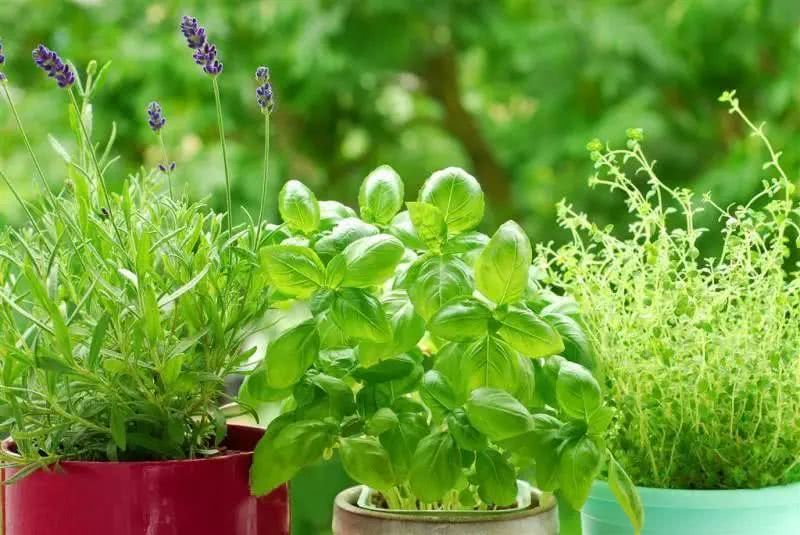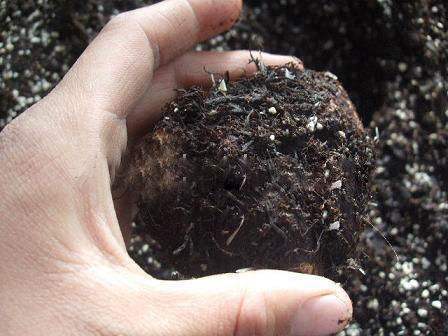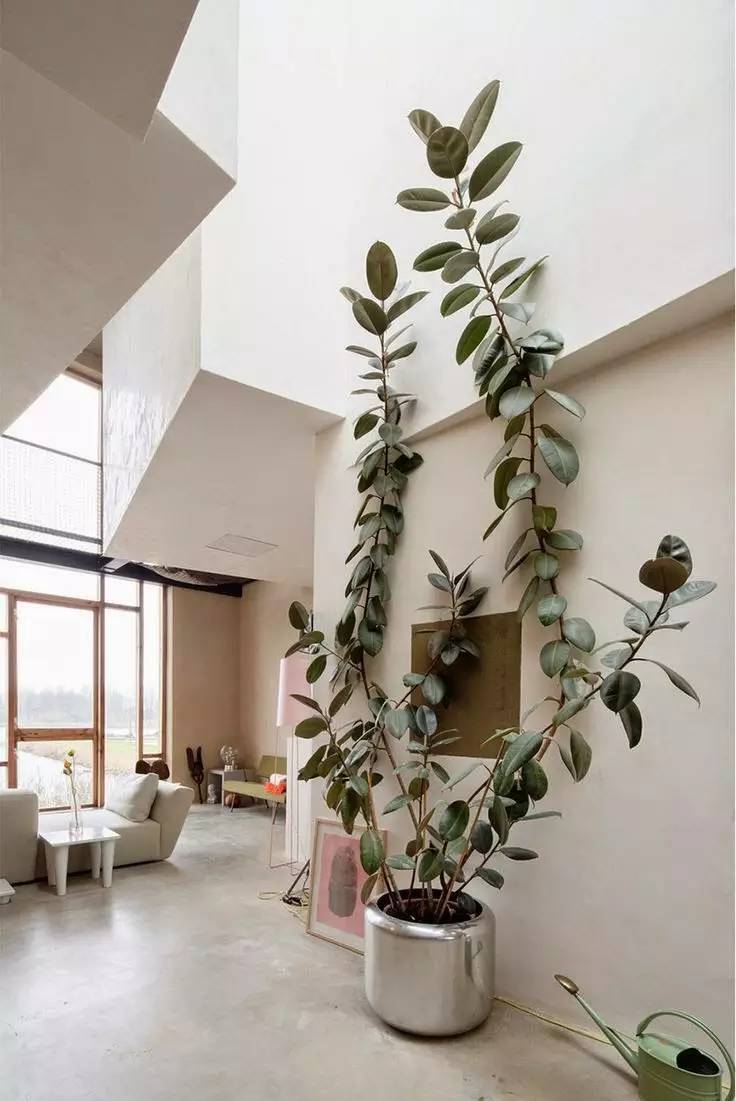The days accompanied by vanilla must also be fragrant.

Brain craftsmanship
You have 40 friends who follow the official account!
/ /
Plant a kind of vanilla
Have a mood
/ /
Vanilla is a kind of plant that can smell fragrance at the mention of its name. Why do you like it? They are ordinary-looking, have no bright flowers, and are less conspicuous than weeds, but their fragrance and edible value make them a favorite plant, and they must be fragrant when accompanied by vanilla.
Thyme
Thyme
Thyme stands for "courage" in Greek, referring to the petite tears of Queen Helen, which increases the soldiers' courage to kill the enemy. Therefore, before their beloved samurai lover or husband went to battle, the ladies at that time would send a stick of thyme to convey encouragement and love, or they would embroider the pattern of thyme on each other's robes, hoping to return victoriously.
Growth cycle: July-August
Use: aid digestion; can be used to bake cookies
Growth habits: like warm, light and dry environment, the requirements of the soil is not high.
Sowing method: the cutting method is suitable for planting in the courtyard.
NO.2 mint
Growth cycle: July-August
Use: have medicinal function; can make tea; can make essential oil
Growth habit: the optimum temperature is 25 ℃-30 ℃. Nature likes sunshine, sandy loam and alluvial soil are better.
Sowing method: scientific watering, more water in the early and middle stages of peppermint, moderate topdressing.
NO.3 Rosemary
Growth cycle: spring and summer
Usefulness: promoting blood circulation and detoxification; both medicine and food
Growth habits: warm sex, sparse air, avoiding cold currents in winter, slow growth and weak regeneration ability.
Sowing method: can secrete viscose, should wear gloves to take.
NO.4 dill
Growth cycle: autumn
Use: for edible seasoning; to aid digestion
Growth habits: happy sunshine, sensitive to soil pH
Sowing points: dill seedlings unearthed weak, covering soil should not be too thick, about 2 cm is appropriate.
NO.5 arugula
Growth cycle: summer
Function: can be used as a vegetable; can be squeezed oil
Growth habits: can be hydroponically cultured. Like cold, cool and humid climate to prevent sun exposure and rainstorm erosion
Sowing method: it is appropriate to choose fertile, loose, convenient drainage and irrigation soil for planting.
NO.6 Greek oregano
Growth cycle: 80-90 days
Function: both medicine and food
Growth habits: like fertile, dry, well-drained alkaline soil
Planting points: moderate pruning can promote more lateral buds and make plants grow more luxuriantly.
NO.7 wrinkled leaf perilla
Growth cycle: summer
Function: edible vegetables; warm stomach and detoxify
Growth habits: not cold-resistant, prefer a sunny or semi-sunny environment, shade fades
Planting points: sowing and propagation in spring, easy cultivation
NO.8 god vanilla
Growth cycle: summer
Function: entering vegetables to make sauces and making wine
Growth habits: the optimum temperature for growth is 15 to 28 ℃
Planting points: mainly sowing and propagation, it is best to raise seedlings and transplant
NO.9 fennel
Growth cycle: 65MUR 85 days
Function: bubble wine; cooking
Growth habits: long sunshine, semi-cold tolerance, early tolerance, like cold and cool.
Main points of planting: there are two ways of sowing in winter (wrapped eggs) and spring sowing.
NO.10 Clematis paniculata
Growth cycle: June-October
Function: make tea; use both medicine and food
Growth habits: the optimum growth temperature is 18 to 24 ℃.
Planting points: need sufficient light, avoid hot sun exposure in summer
NO.11 marigold
Growth cycle: April-September
Function: make tea, medicinal; such as marigold honey tea
Growth habits: growth temperature 7 to 20 ℃, like mild, cool climate, afraid of heat, cold resistance.
Planting points: pot sowing soil needs to be disinfected, covered with soil 3 mm after sowing, about 7-10 days to germinate.
NO.12 Roman chamomile
Growth cycle: April-May
Function: both medicine and food; cosmetology
Growth habits: like cool environment, suitable for autumn sowing
Planting points: adequate sunshine and good ventilation are required.
NO.13 saffron
Growth cycle: autumn
Function: seasoning: sedation, expectoration, spasmolysis
Growth habits: like an all-day environment
Main points of planting: bulbs dormant in summer, roots and leaves in autumn
NO.14 lemon verbena
Growth cycle: summer and autumn
Function: cooking and making tea
Growth habits: like warm and humid tropical and subtropical climate
Main points of planting: put it in a cool and ventilated place
Basil
Basil
Basil may be named after the Greek word β α σ λ v? (Basileus), which means king or royal family. It is said that basil's excellent fragrance can only be matched in the king's room, so basil is also called king grass.
Growth cycle: spring and summer
Function: both medicine and food; can also make essential oil
Growth habits: like warm and humid climate, not cold-resistant, drought-resistant, not resistant to waterlogging
Planting points: the seedling stage is afraid of drought, so we should pay attention to timely watering.
Everything is wonderful, there is a praise mall in the flower school.
There are flowers and love, a school of flowers
- Prev

In autumn, we must dig up the soil. If the soil is hard, the roots will rot sooner or later.
Flowers potted good or not, in addition to watering, fertilization and light these three elements, pot soil is also very important. Only when the nutrient soil is loose and fertile will the roots be well nourished. If the soil in the flowerpot is hardened, the hard shovel will not move,...
- Next

Don't worry about not being able to live, but be afraid of growing too tall. This tree is the most suitable for lazy people.
The leaves of the rubber tree are as big as the palm of the hand, even bigger than the palm of the hand, and thick as rubber. The leaves of the rubber tree look a little black and oily, but the buds it pulls out are red. In fact, the sense of beauty is not as good as that of the cherub Chunyu.
Related
- Wuhan Hospital Iron Tree Blooming Result Was Instantly Frightened by the Gardener Master
- Which variety of camellia is the most fragrant and best? Which one do you like best?
- What is the small blue coat, the breeding methods and matters needing attention of the succulent plant
- Dormancy time and maintenance management of succulent plants during dormancy
- Minas succulent how to raise, Minas succulent plant pictures
- What are the varieties of winter succulent plants
- How to raise succulent plants in twelve rolls? let's take a look at some experience of breeding twelve rolls.
- Attention should be paid to water control for succulent plants during dormant period (winter and summer)
- Watering experience of twelve rolls of succulent plants
- Techniques for fertilizing succulent plants. An article will let you know how to fertilize succulent plants.

